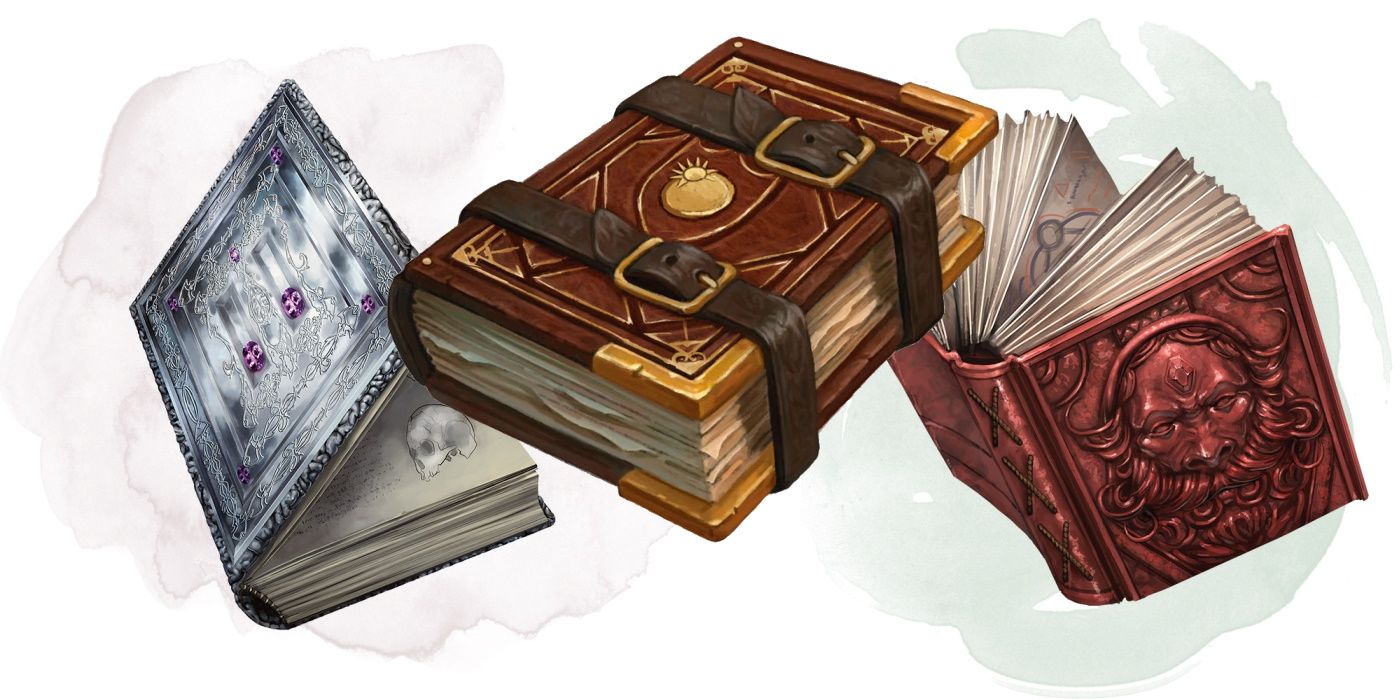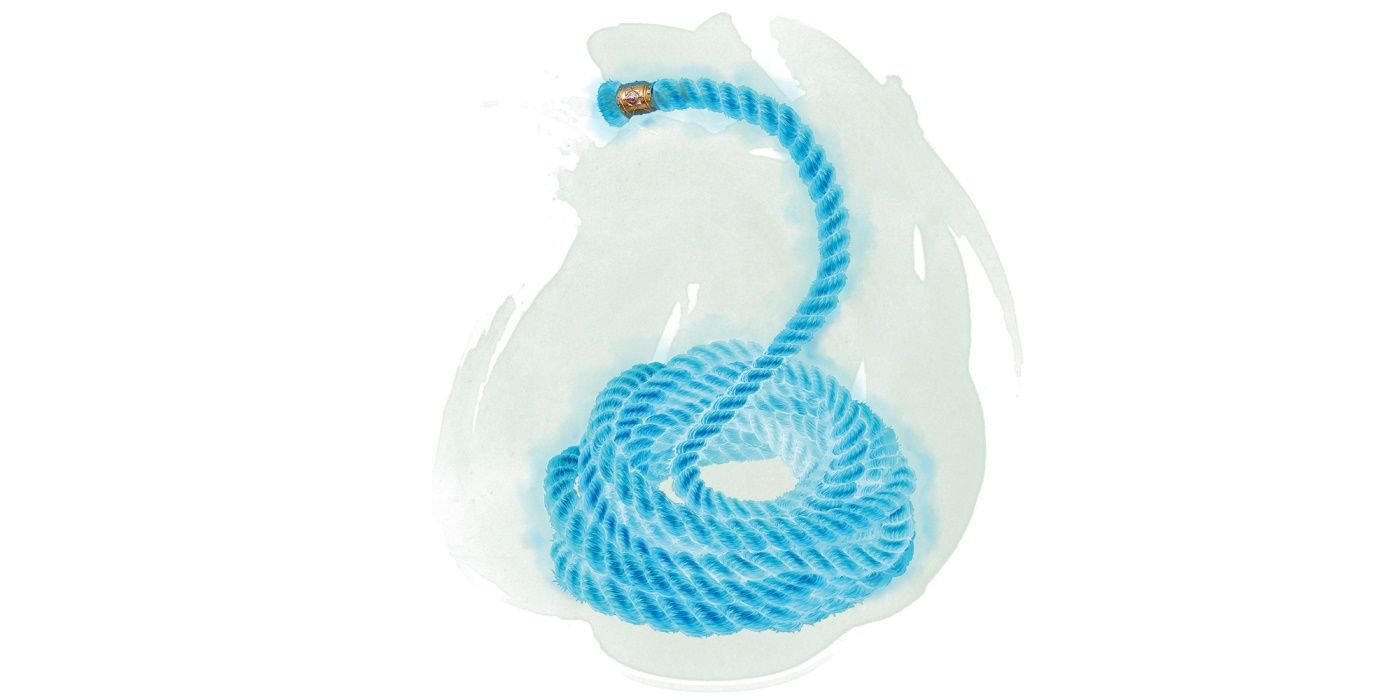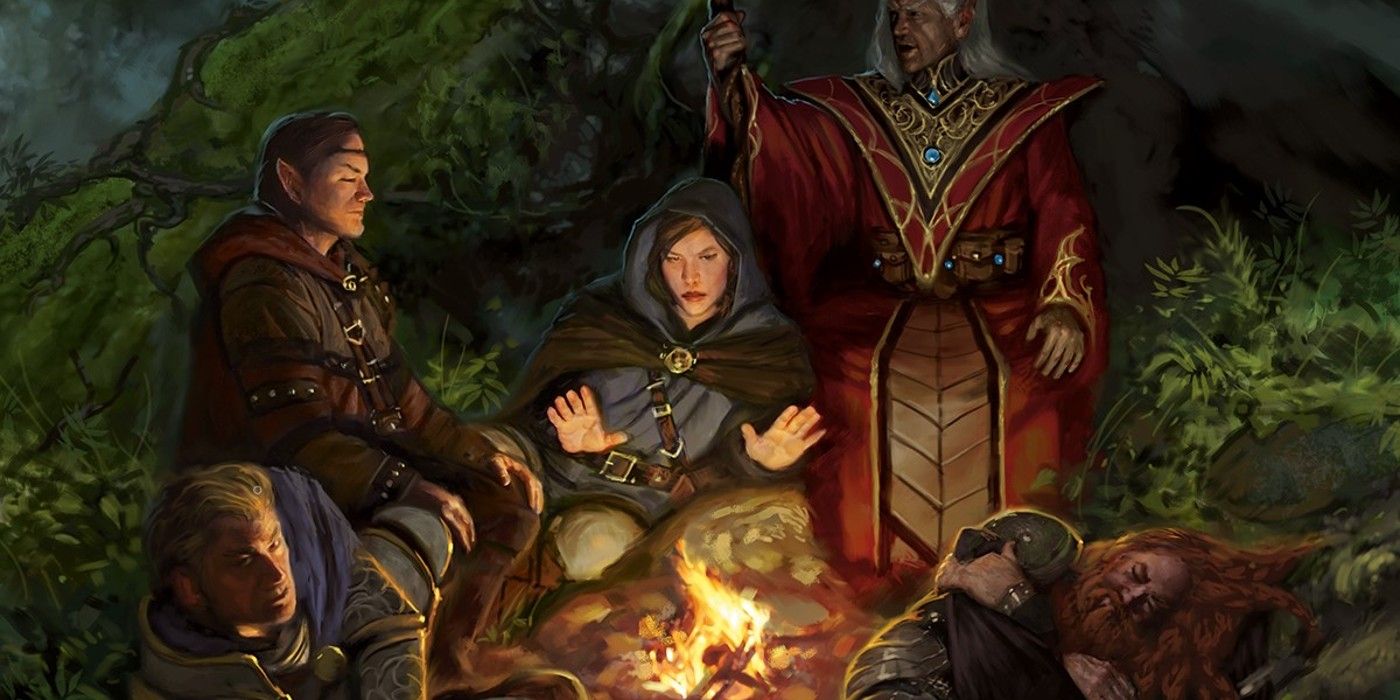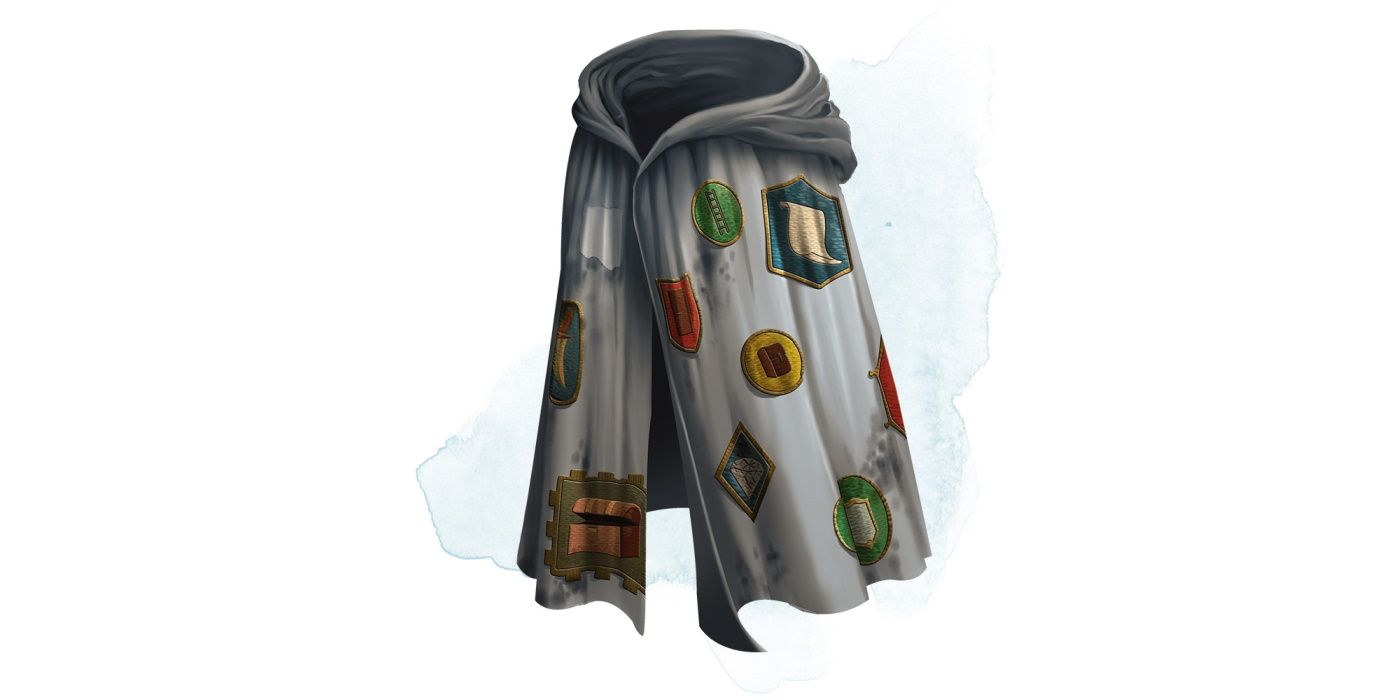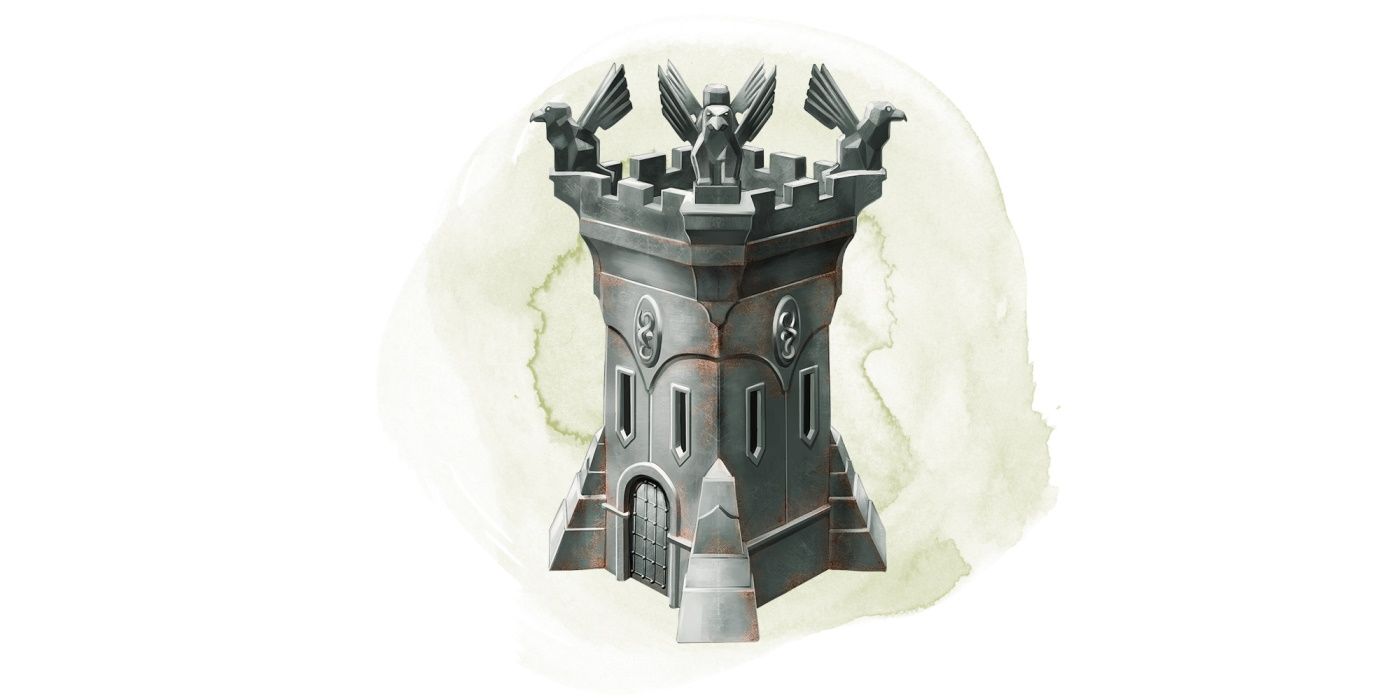Dungeons & Dragons is a game with many rules to cover every possible aspect, and players can use some of them to their advantage to bend things to give them the upper hand without technically cheating. Rules govern everything from magic and spell use to how much a player can move on their turn and create stat blocks for monsters. Learning these rules can be intimidating to newcomers, but there are ways to turn these rules to a group's advantage.
D&D's rules are in place to help players and the DM navigate a world vastly different from our own. With magic and many different races and creatures to consider, having a set of rules to guide is necessary. Groups and DMs can use house rules for D&D to alter and even dismiss some aspects of the core rulebook to customize their home game as much as possible.
The suggestions here might create some interesting events to keep DMs on their toes, but none are technically cheating. Rule-breaking is often frowned upon in many games, not just D&D, so all the advice here sticks to the rules but shows how players can approach them from a different direction. These tips will help players and groups use spells and items in unexpected but amusing ways.
D&D's Rope Trick Is A Supremely Useful Spell
Found in the Dungeons & Dragons Player's Handbook is the second level transmutation spell rope trick. The spell is part of the D&D Wizard's spell list, so any subclass who can learn spells from it can use it, such as Gloom Stalker Rangers, Eldritch Knights, and Arcane Tricksters. This unassuming spell has two very fun and slightly game-breaking uses, though.
Rope trick allows the player to touch 60ft of rope, which will rise into the air and give them access to an extradimensional space that lasts for one hour. This hideout can hold up to eight medium or smaller creatures, more than enough space for the average adventuring party, and players can pull up the rope so no one else can get in. No spells or attacks can get into the extradimensional space, but characters inside can see out and poke their heads out through a three-by-five-foot window.
This spell is perfect in D&D for a short rest in a dangerous area as the extradimensional space lasts precisely one hour, which is the same length of time needed for a short rest in D&D. Roll those hit dice, plan the party's next move and get back spell slots all in total safety. In battle, players can also use rope trick to snipe from afar. Simply climb up the rope and pull it up to create a sniper's nest for ranged party members.
Leomund's Tiny Hut Great For Long Rests In D&D
Another great D&D spell found in the Player's Handbook is Leomund's tiny hut, a 3rd-level evocation spell that can also be ritually cast. The spell creates a dome for 8 hours that can fit nine medium or smaller creatures and is excellent for making camp. When the dome is cast, only creatures and items inside the casting area may pass through freely, and all other creatures or objects cannot get in. Tiny hut is available to both Bard and Wizard D&D classes and other subclasses who can choose from these lists.
Here, the idea follows the same theme as the rope trick sniper's nest. The party can attack from within the dome from range as their arrows/bolts would be inside the dome when it goes up and therefore can pass through it. This idea does take a little more planning for it to work and spellcasters are useless, as spells and magic cannot pass through the dome, but it is an excellent way to keep multiple enemies at bay or if the party gets ambushed at night.
D&D Druids Can Help Their Party Profit
Druids in D&D can wild shape into different animals, which can give the party a slightly game-breaking way to make a lot of money. Starting at level two, after choosing their Circle, D&D Druids can wild shape twice, and it will last for the number of hours equal to their Druid level rounded down. This tip does require a DM with a good sense of humor as it is a little odd but isn't technically cheating.
The idea for this trick is that by using wild shape, the Druid can turn into an animal, such as a cow or horse, and be sold by the party for gold. They can then wait for an appropriate time to make their way back to the party once they are out of wild shape. The best part is that the party can do this trick multiple times so long as they don't get caught by townsfolk.
Robe Of Useful Items Is One Of D&D Best Items
Available in the Dungeon Master's Guide, the Robe of Useful Items is a marvelous game-breaking D&D item that gives players access to some ridiculous things at lower levels. In order for players to have this, they will either have to find it in the course of their adventures or negotiate with their DM to have it as a starter item. This tip definitely requires DM consent, but having this Robe can create some fun, game-breaking moments.
The Robe itself is a cloth item covered in patches of different colors and shapes. Players wearing the Robe can use an action to tear off a patch and use the helpful item it becomes. This list of things for this Robe is where the game-breaking elements come in as, amongst the mundane items such as daggers, sacks, and rope are more interesting objects.
DMs can roll on a table and give players things like bags of gold or gems, which can immediately eliminate money worries for a low-level D&D party. One patch could have a spell scroll underneath it, giving the party a random first to third level spell. Other crazy patches mean the party could have a riding horse with saddles bags, two dogs (yes, actual dogs), or even a portable battering ram.
D&D's Instant Fortress Packs A Suprise Punch
This final tip is another item, the Instant Fortress, also called Daern's Instant Fortress, and involves using it in a rather creative way. The Instant Fortress is a rare wondrous object that will, again, likely have to be found in the game. It provides the party with an excellent mobile headquarters, as the Instant Fortress can be packed away as a one-inch metal cube when not in use.
However, the Instant Fortress can also be used as a powerful improvised weapon in D&D if activated during battle. As an action, the player can place the metal cube down and speak the command word, and the cube will instantly turn into a 20-foot by 20-foot tower. The fun, game-breaking part is that creature next to the cube, when it becomes a tower, must make a DC 15 Dexterity saving throw or take a whopping 10d10 bludgeoning damage on a failed save, or half as much damage on a successful one. Of course, this isn't how the tower was intended to be used, but it sure is fun.
The idea of following the rules can sometimes lead to eye-rolling, but sticking to the rules doesn't have to mean boring. The rules of D&D can be followed and provide the guidelines for some innovative problem-solving, some that almost feels a little like cheating. Dungeons & Dragons is about entertainment and creativity, and the tips here should add a little spice to any game.

